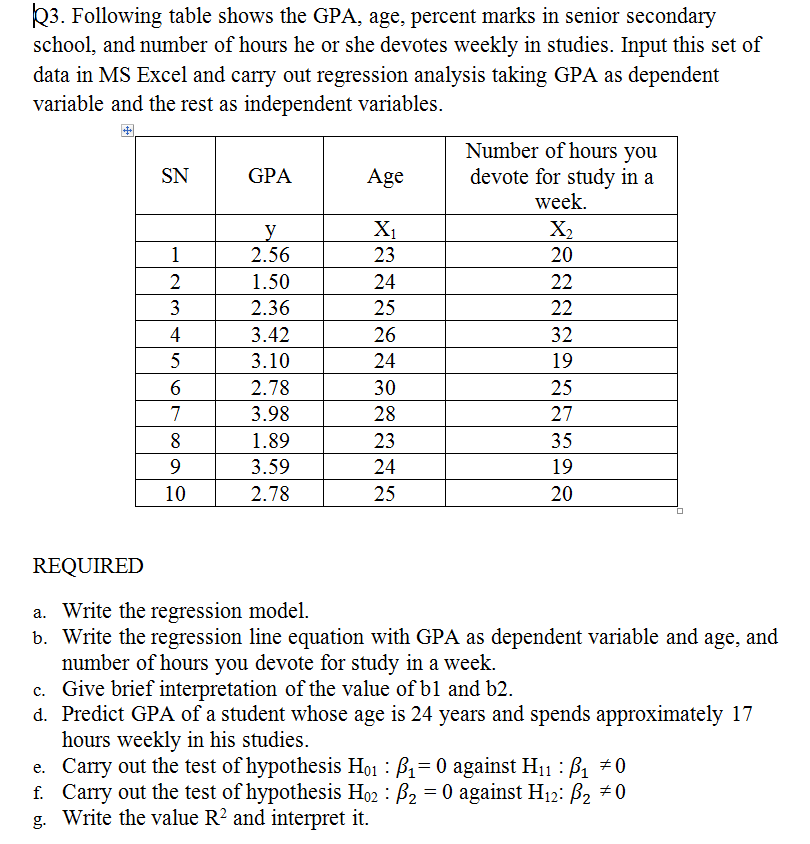
J Volcanol Geotherm Res 165:163–188Ĭox KG, Bell J, Pankhurst R (1979) The interpretation of Igneous Rocks. Math Geosci 41:817–828Ĭortés JA, Palma JL, Wilson M (2007) Deciphering magma mixing: the application of cluster analysis to the mineral chemistry of crystal populations.


where are we and where should we be heading?” by Aitchison and Egozcue (2005). J Geophys Res 65(12):4185–4193Ĭortés JA (2009) On the Harker variation diagrams: a comment on “the statistical analysis of compositional data. Earth Surf Process Landforms 26:1237–1248Ĭhayes F (1960) On correlation between variables of constant sum. J Volcanol Geotherm Res 371:116–136īlott SJ, Pye K (2001) GRADISTAT: a grain size distribution and statistics package for the analysis of unconsolidated sediments. J Volcanol Geotherm Res 402:1–22īernard K, van Wyk de Vries B, Thouret J-C (2019) Fault textures in volcanic debris-avalanche deposits and transformations into lahars: the Pichu Pichu thrust lobes in south Peru compared to worldwide avalanche deposits. Psychol Methods 2(2):131–160īernard K (2020) Epithermal clast coating inside the rock avalanche-debris flow deposits from Mount Meager Volcanic Complex, British Columbia (Canada). Geosciences 10(9):348īehrens JT (1997) Principles and procedures of exploratory data analysis. J R Stat Soc B 44(2):139–177Īitchison J, Egozcue J (2005) Compositional data analysis: where are we and where should we be heading? Math Geol 37(7):829–850Īsan K (2020) Whole-rock elemental and Sr-Nd isotope geochemistry and petrogenesis of the Miocene Elmadağ Volcanic Complex, Central Anatolia (Ankara, Turkey).

Methods Inf Med 26(02):77–88Īitchison J (1982) The statistical analysis of compositional data. GEOstats is also able to carry out the error bars analysis by using relative standard deviation values for different confidence intervals.Ībt K (1987) Descriptive data analysis: a concept between confirmatory and exploratory data analysis. basic statistical calculations) of numerical results and highly complex multivariate analysis such as cluster analysis, principal component analysis and common factor analysis. The program can perform both simple data analysis (e.g. simple regression analysis, box plot, Q–Q plot, XYZ plot, sample distribution and classification) of samples representing a population for geologists and other researchers as well. GEOstats is an excel-based data analysis program that provides graphical and numerical results, and data simulation/statistical modeling (e.g. major and trace elements, isotope ratios etc.) measurements of the rock, mineral, fossil, soil or water specimens. bedding, fault, foliation, jointing or lineation etc.) and chemical (e.g. The geological data may be lithological, textural (e.g. The purpose of data analysis in geology is to examine the rate at which a feature changes within the population. Therefore, the importance of data analysis increases depending on the improvement of technological methods in geology. The aim of a geological study is to reveal a scientific result from the earth, but the conclusions must be based on the analytical inferences, as in natural and engineering sciences.

Statistical evaluation of the data collected from field and laboratory is an important task in the earth sciences.


 0 kommentar(er)
0 kommentar(er)
